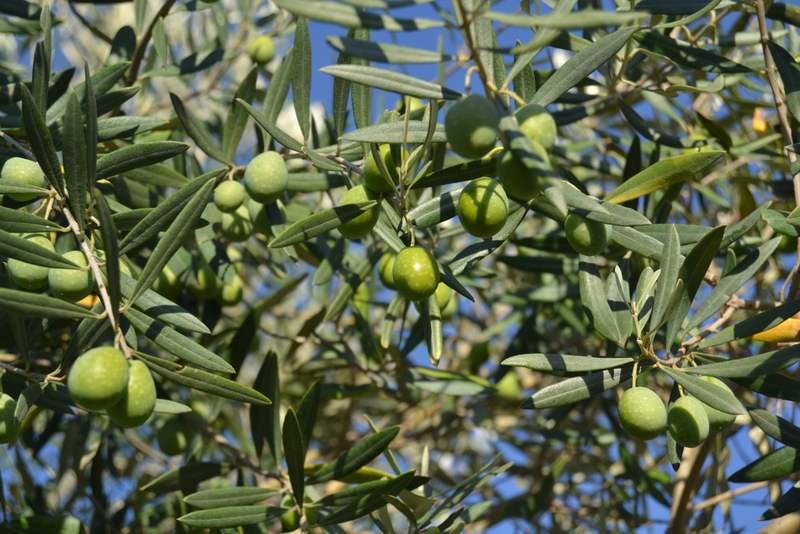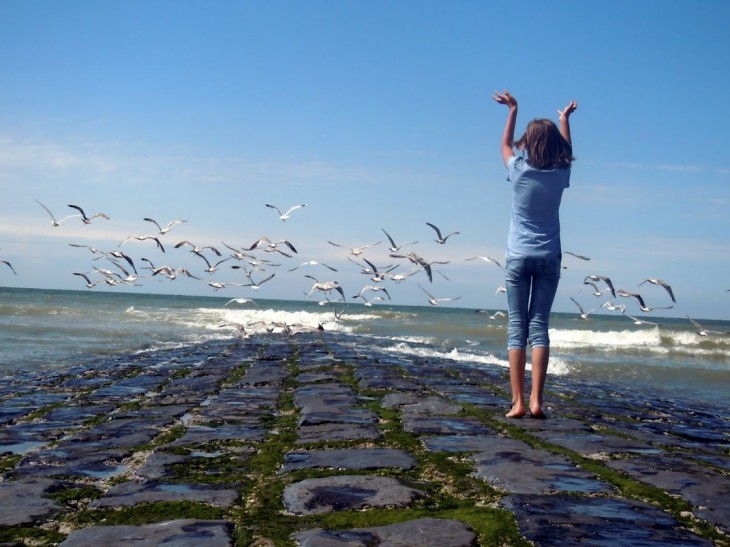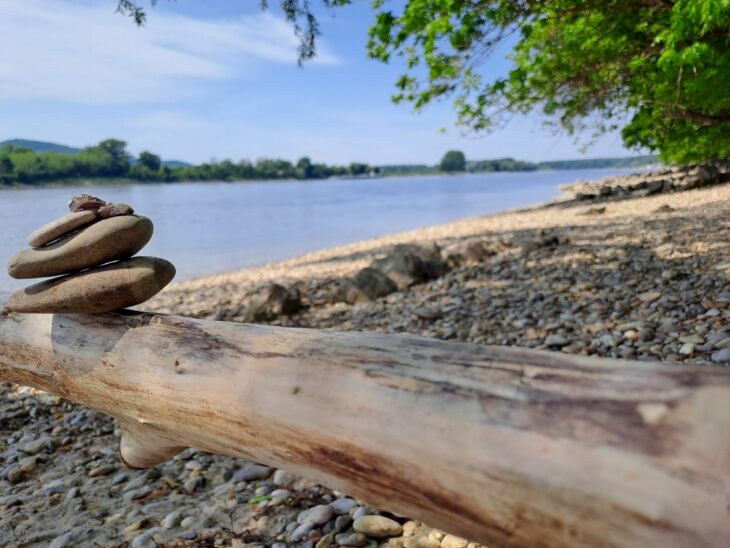Finistere – koniec zeme. Mysleli si cestovatelia a dobyvatelia, keď doputovali na breh mora a ďalej nedovideli. Nazvali tak miesto, kde zastali, avšak napokon sa ukázalo, že na opačnom brehu mora sa rozprestiera ďalšia zem. Bolo to aj varovanie, Ďalej radšej nechoď. Nič dokonalejšie neobjavíš. A tak z Non Plus Ultra sa stalo Plus Ultra. Toto je všetko sa zmenilo na čokoľvek ďalšie je možné.
Metaforu použil kňaz pri pohrebe na ilustráciu mystéria smrti, bázne z neznámeho. Možno myseľ presviedča, že je to Non Plus Ultra, a pritom len nevie o tom, čo sa rozprestiera na druhom brehu.
Bratia Chronos a Kairos
Kairos sa neriadi hodinkami ako jeho brat Chronos. Je tu hypotéza, že priemyslová revolúcia vyniesla do popredia kult Chrona – sledovanie lineárneho času, presných príchodov, plánov do budúcnosti. Slúžili rozmachu a zisku. Ľuďom je pritom prirodzené aj nechať sa viesť Kairom, vnímať prítomný okamih, cykly, nechať sa zlákať momentálnou inšpiráciou. Tak toto teda od robotníkov nikto nepotreboval – mali si poriadne natiahnuť hodinky a na desať, dvanásť hodín fungovať v kolese, aby v deň vyznačený v kalendári dostali peňažnú odmenu a mohli rodine kúpiť jedlo. Vznešené poslanie. Zároveň, v tomto rytme chýba spontánne, tvorivé, pre ktoré je zrazu vyhradený len úzky priestor. Lebo treba spať, jesť, pracovať. Ak spánok príde ľahko, je to bonus, spôsob, akým sa prepraviť do bájnej krajiny svojich snov. Dedko Chronos dominuje stále, ani dnes sa od nás neočakáva, že vypočujeme volanie vhodného okamihu a zdvihneme sa od obrazovky z plateného miesta, rozprestrieme krídla ako Kairos, a vydáme sa za hlasom srdca.
Kairos sa vracia
Zároveň, Kairos, syn boha Dia, sa ukazuje stále častejšie Jeho punk štýl a prirodzená vzletnosť, mladícka odvaha a provokácia. Lebo žiť len podľa dedka Chrona vyčerpáva, a zamestnávatelia nechcú vyčerpaných zamestnancov, tí sú im na nič. A dnes už nejde, aspoň v tejto časti sveta, tak jednoducho vymeniť opotrebovaný kus za iný. Hoci nemám ilúziu, keby sa to mohlo, tak by to sa to robilo. Zákony, zmluvy tomu do istej miery zabraňujú. Ak sa v nich nájde škára, tak šup tam prepašovať svoj záujem. Mám s tým skúsenosť. Chronos sa mračí, je to starec, drží dôležité insígnie. Je Boh. Ale to je aj Kairos, večne mladý, lebo mladosť nie je (len) počet rokov vymeraných dedkom Chronom, je to aj dôvera a odvaha ísť za neznámym, nejasným volaním, zabudnúť na hodinky a ponoriť sa do aktivity, ktorá sýti dušu. Príležitosť ukrytá v prítomnom okamihu, to je Kairos. A že je všetko zároveň neisté, bez kontúr, bez jasného cieľa? Aj to je aspekt a kvalita Kaira. Hovorí, Neboj sa, ponor sa, poď. Ani ja sám neviem, čo z toho vzíde, ale jedno ti sľubujem, bude to vášnivé dobrodružstvo. A dobrodružstvo a vášeň predsa omladzujú, vzpružujú a rozjasňujú.
Tak do toho, Kairos stojí pri tebe, usmieva sa, máva krídlami, láka neposlušnou šticou:
Esej holandskej autorky: https://www.tzum.info/2014/04/recensie-joke-j-hermsen-kairos-een-nieuwe-bevlogenheid/
A keďže Kairos nepozná hodinky a iný čas ako teraz, aj tento blog stojí za prečítanie. Zámok Gaasbeek nedávno znovu otvorili po rekonštrukcii. Návšteva doteraz nikdy nesklamala, stojí to za. Čo by kameňom dohodil od Bruselu:







